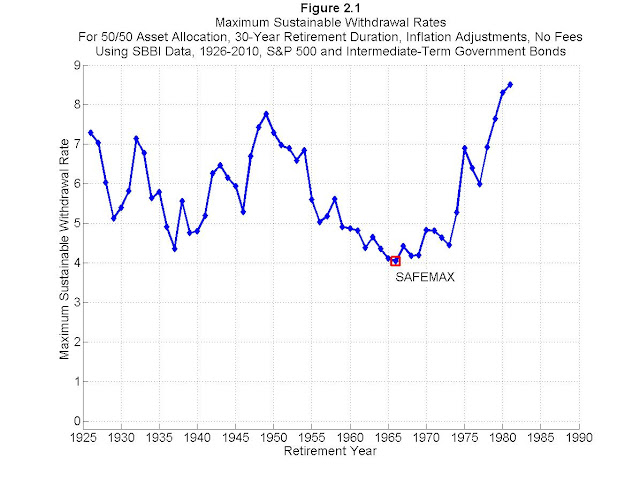This could be great, think of all the people who hit 10 years, pick up Maj, LCDR, staff or CPO then generally suck for the next decade because if they leave they walk away with nothing. It may not solve the problem entirely but having some pocket money, (even just $50k-100k ) during transition may make leaving a better option than hanging around.
Everyone in now has that same option- without taking the pension reduction. 5% of your base pay each year isn't going to make or break your TSP balance, especially when you're more junior.

